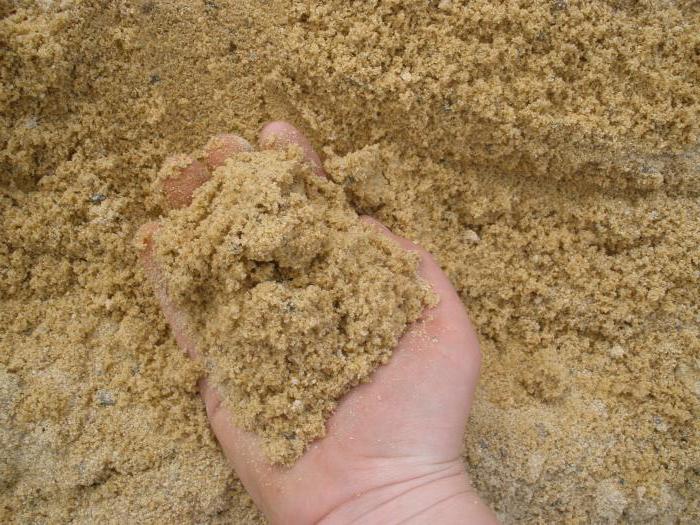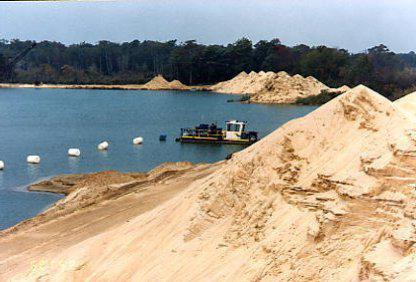In ordinary life people are used to the environmentSand, without thinking that it can be different. And only certain categories of specialists by their activity know that the sand is divided into several types. It depends on several factors:
- composition;
- places of extraction;
- method of extraction (natural and artificial, obtained by crushing rocks);
- characteristics that sand has.
What is the size module
Any sand is characterized by a grain composition, thenis the number of grains of a certain fraction. The size of the particles is one of the main criteria by which they divide into different types of sand. The size module - this is the value that allows us to estimate the size of individual particles of a bulk material (its grain composition).

From the size module depends on how much materialshould be used for the preparation of mortar. From this indicator will also largely depend on the result of the work done and the quality of manufactured products, which include sand. The size module determines the scope of the substance.
Size of bulk material
To determine the fraction, speciala vibrating screen with a certain size of cells. Through these devices, sand is sieved. The size module is calculated by a certain formula. It is equal to the quotient of dividing the sum of the total residues of sand on each sieve by one hundred.

Complete is the remainder of the substance thatwould remain on the sieve, if through it sifted all the sand. Module size (GOST 8736-85) allows you to determine the group of sand by size. These values are usually given in the form of tables.
Types of sand and their uses
After determining the grain composition according to the table, there is a type to which the sand relates:
- Module size 3 and above - coarse grain. Used for making concrete mortar of high marks, production of tiles and curbs for sidewalks, rings for a well.
- For average grain size, the characteristic sand size is 2.0-2.5. Used for the production of concrete class B15.
- The size of 1.5-2.0 corresponds to the fine fractionsand. This type of material is suitable for the construction of bridges (including parts of them under water), the manufacture of bricks and mortar.
- The granularity of 1.0-1.5 characterizes a very fine fraction of sand used for making finely dispersed substances.

The use of sand of various fractions depends on itscharacteristics. The solution prepared with the use of this material will be more durable and reliable if the size modulus is greater. And while water for mixing the composition will be less.
At the same time, we can say that the highergranularity, the poorer the plasticity of the prepared solution and its viscosity. If such sand is used, for example, for floor screeding in cement mortar, then it will be worse to fill the space between particles of crushed stone or gravel. Therefore, it is very important to choose the correct granularity of sand, depending on the purpose of its use.












